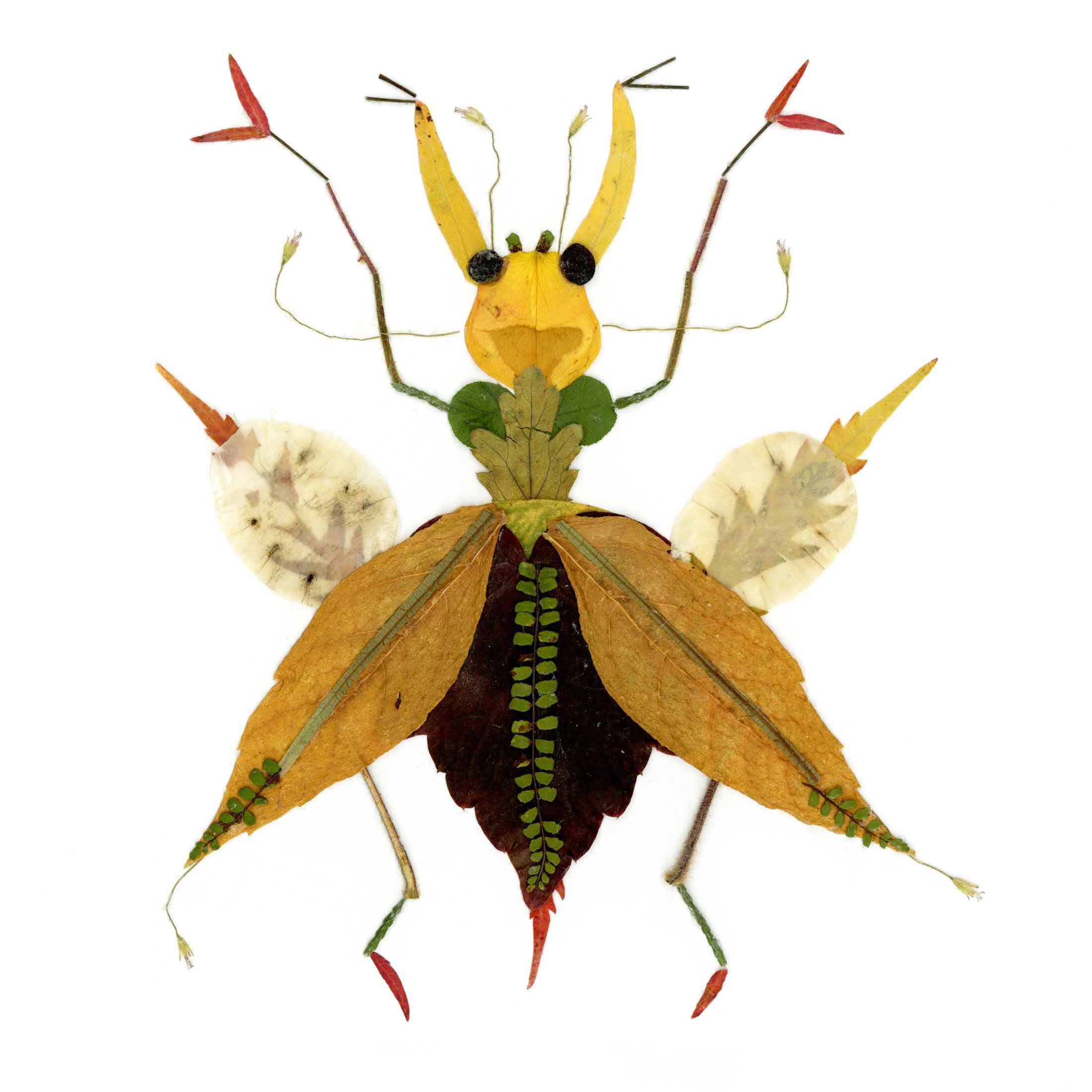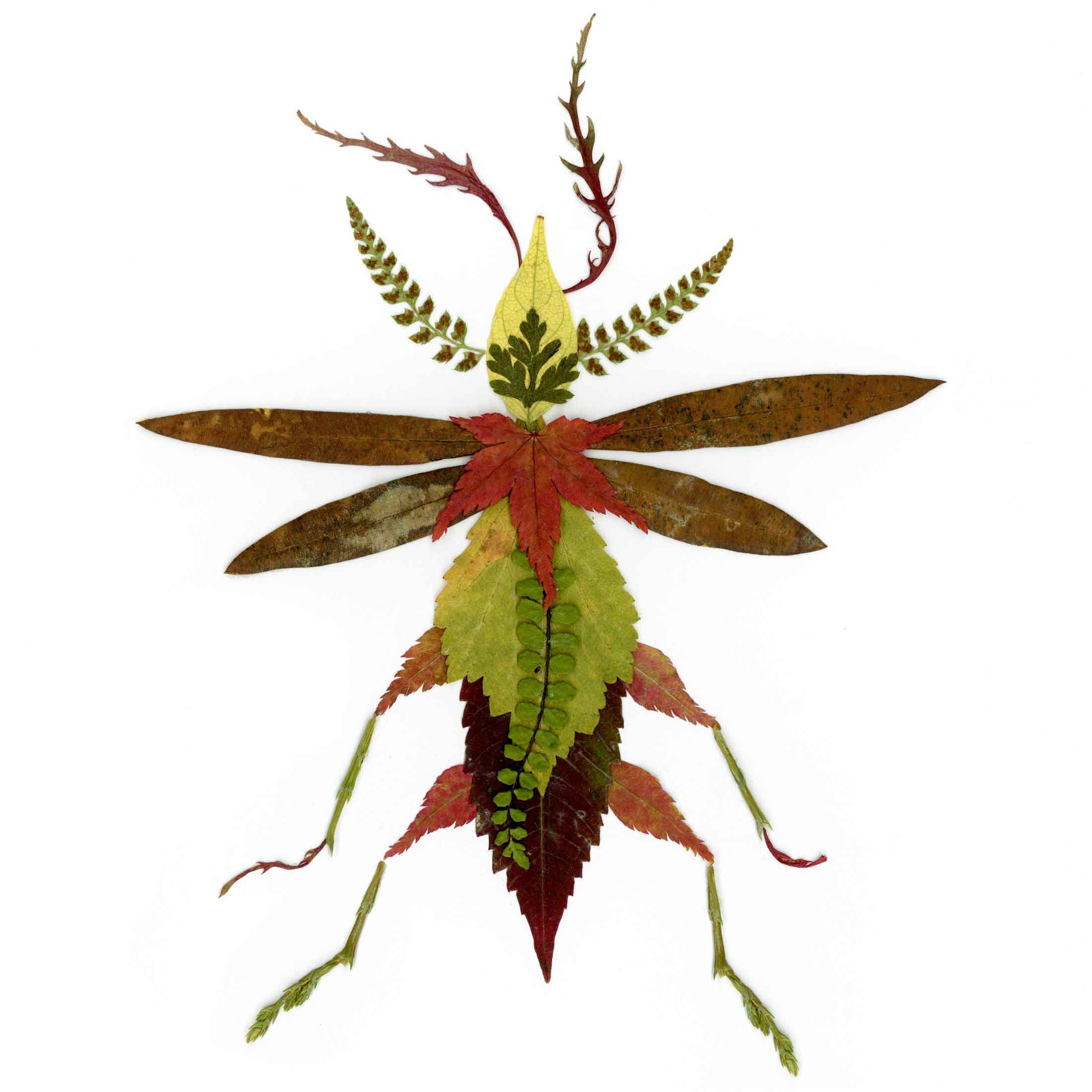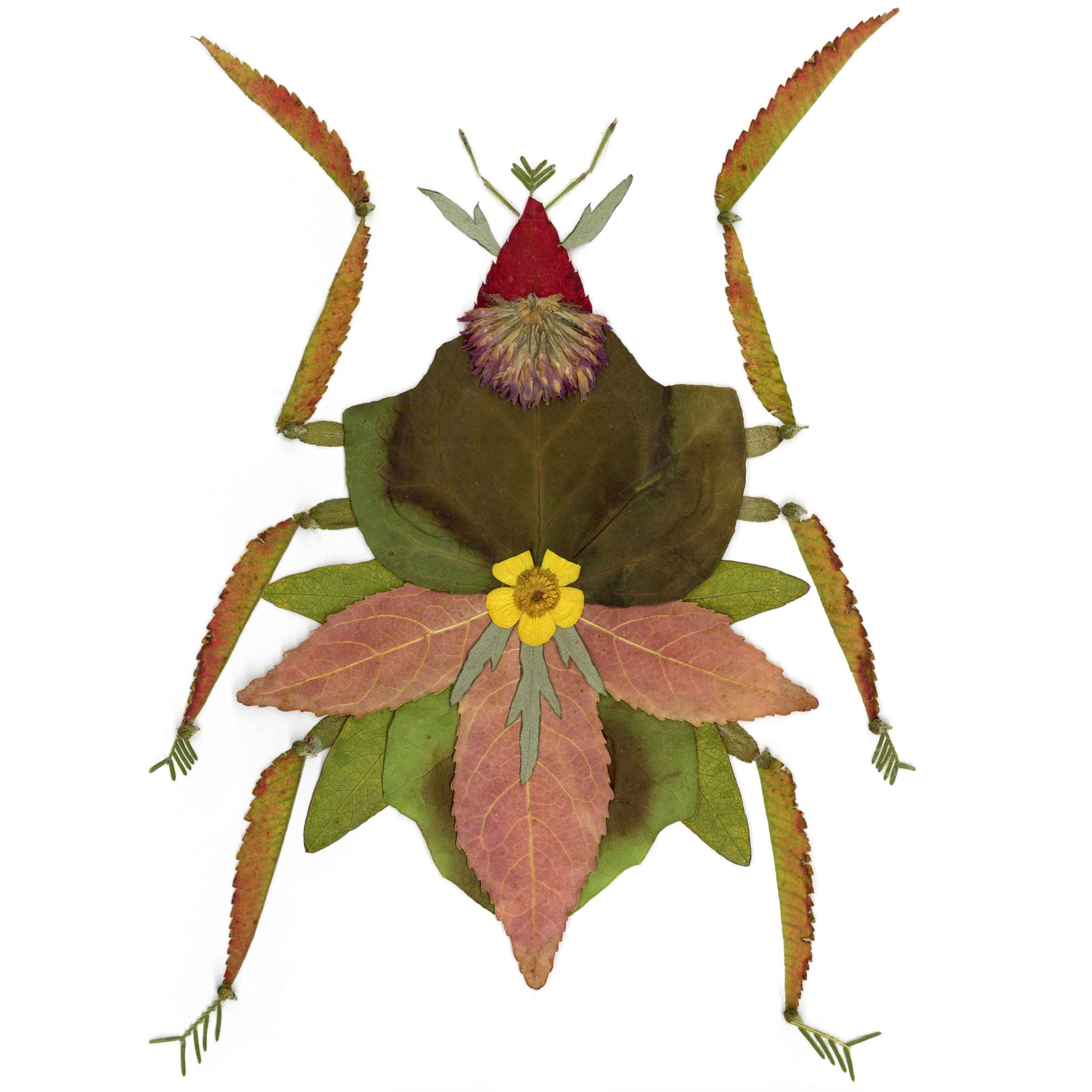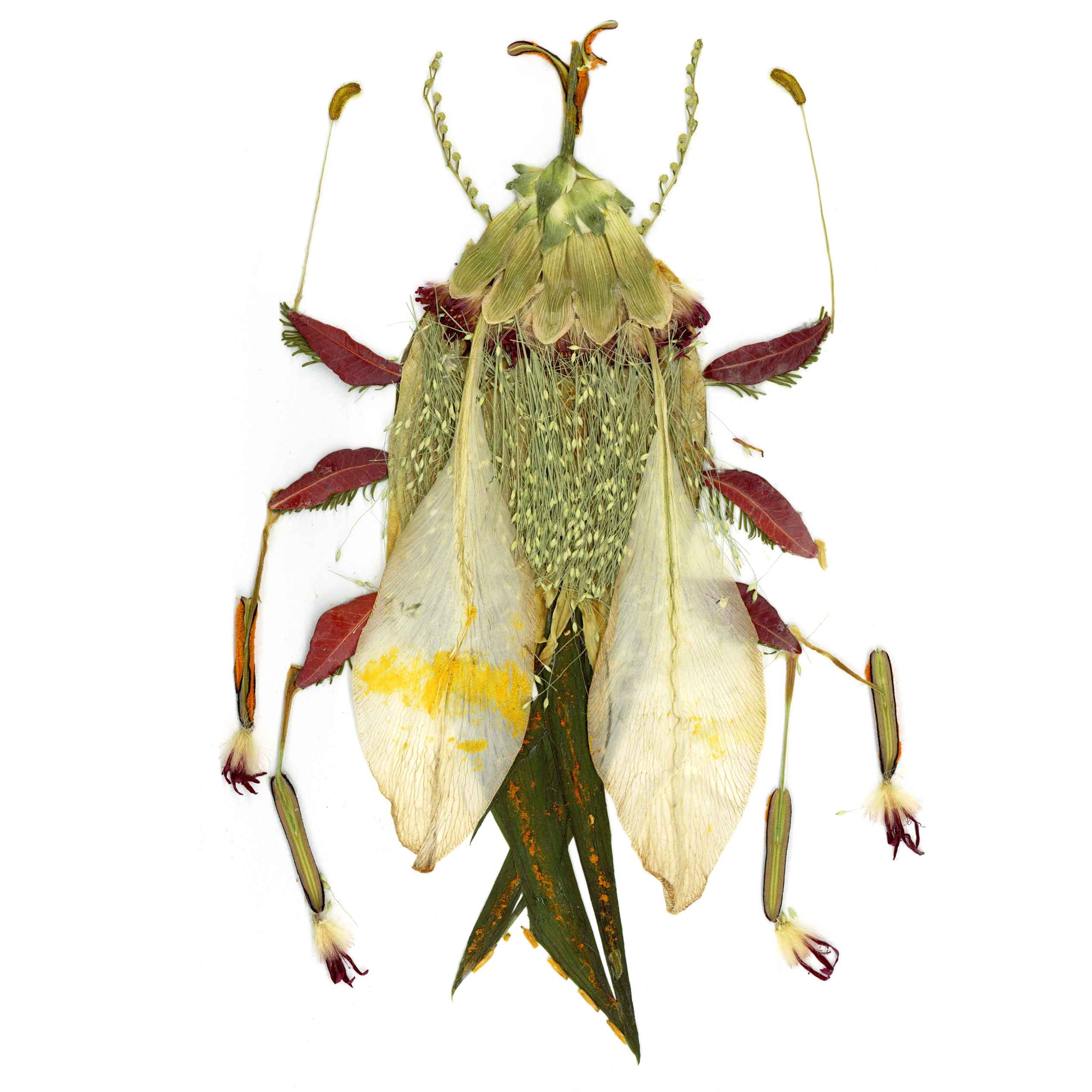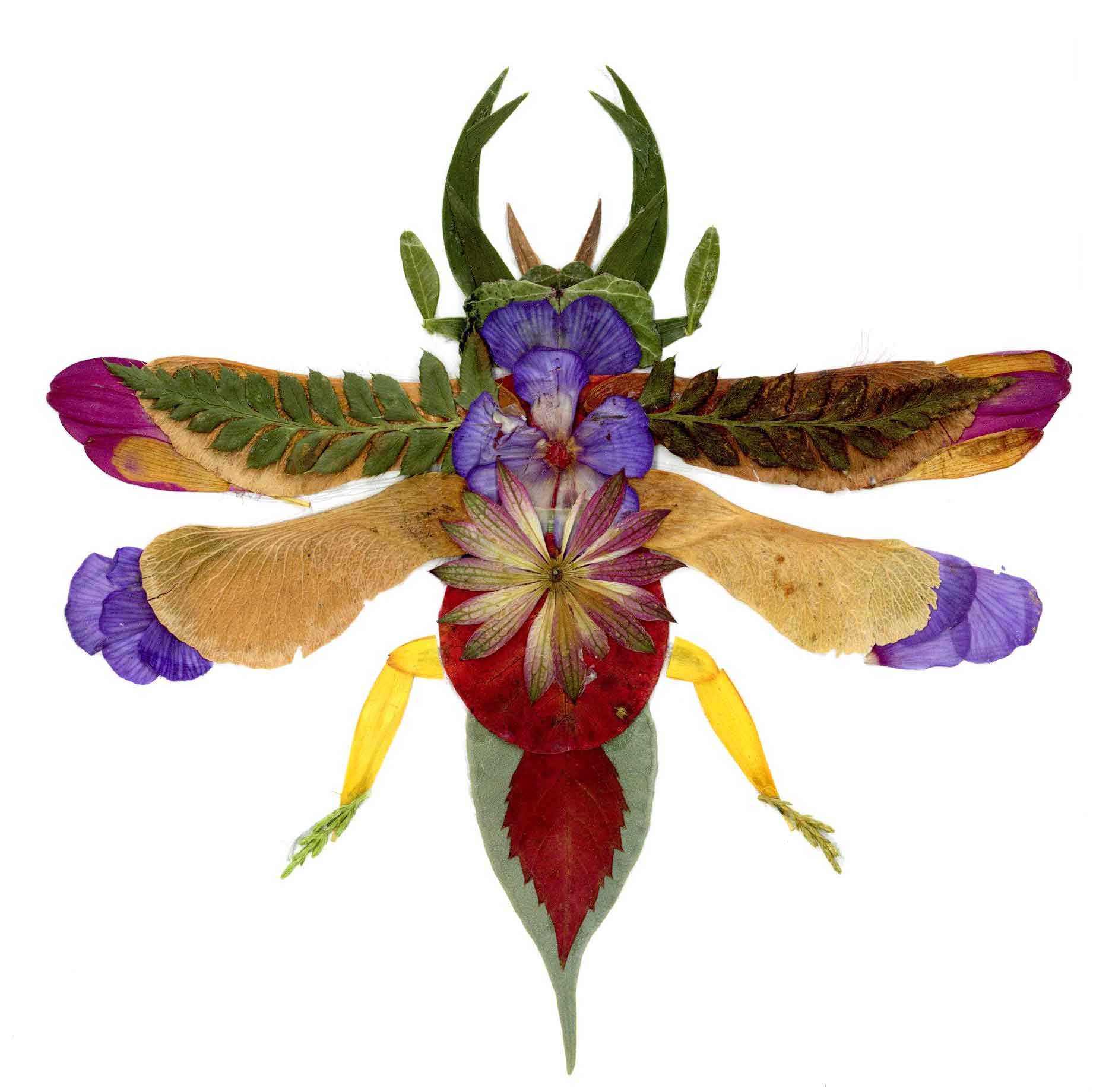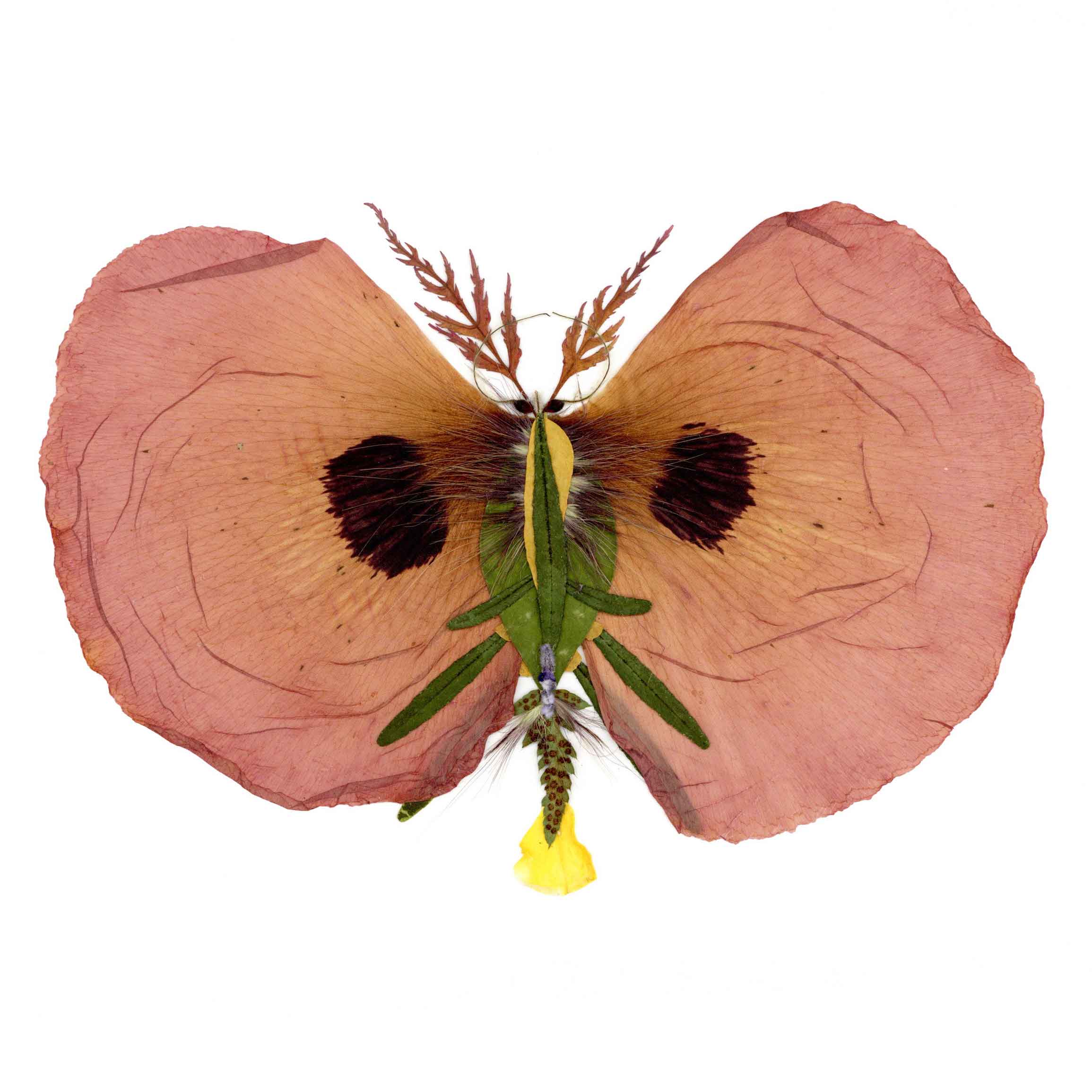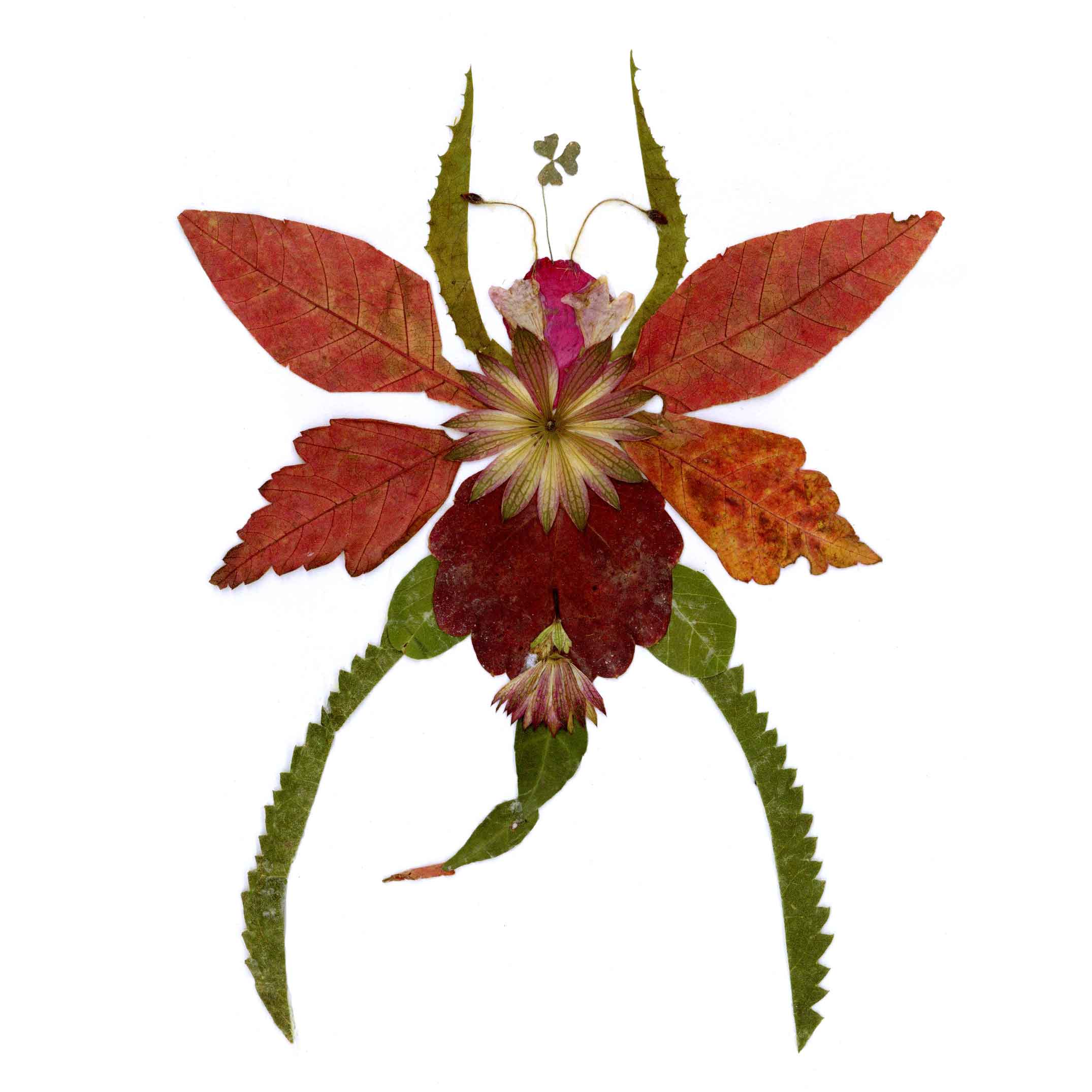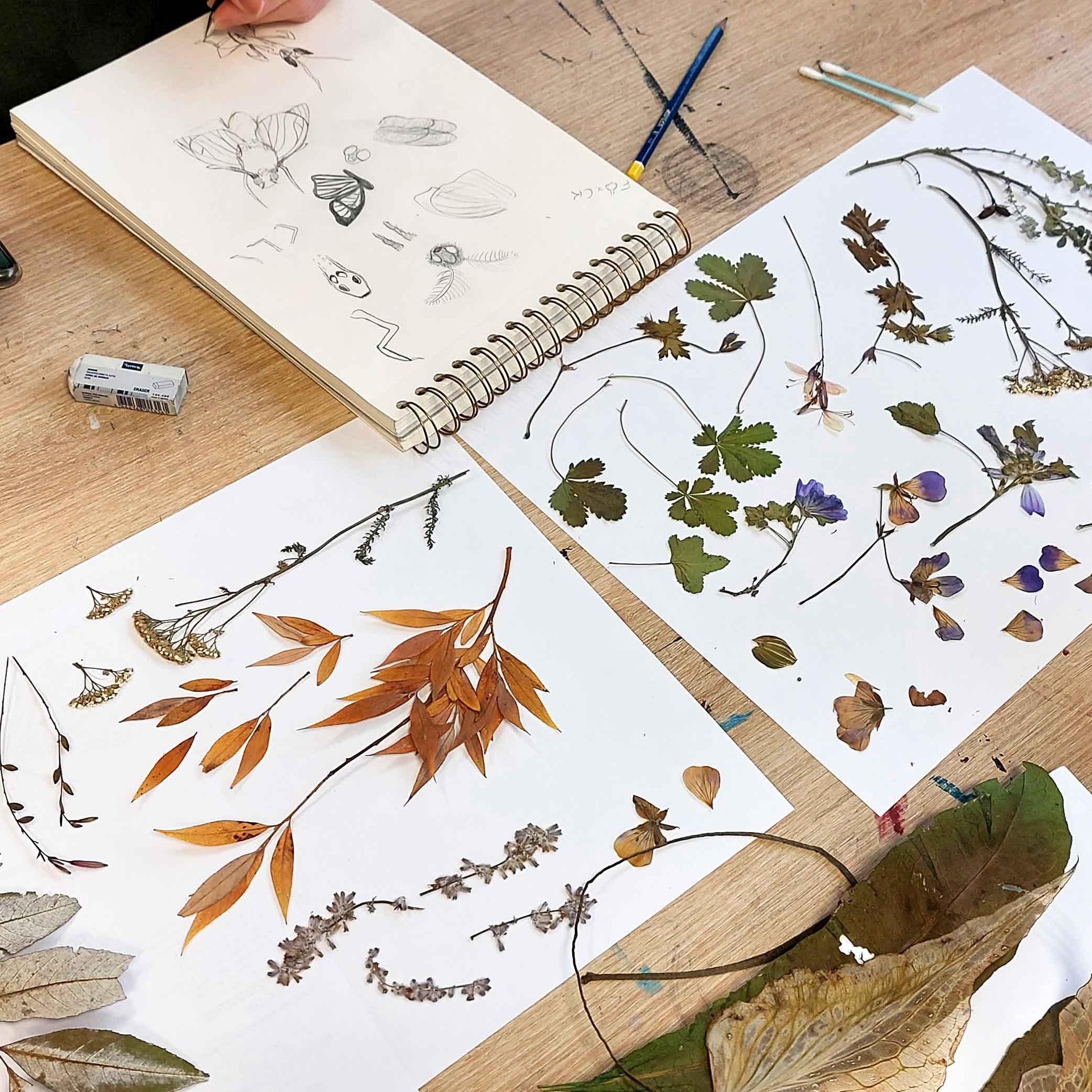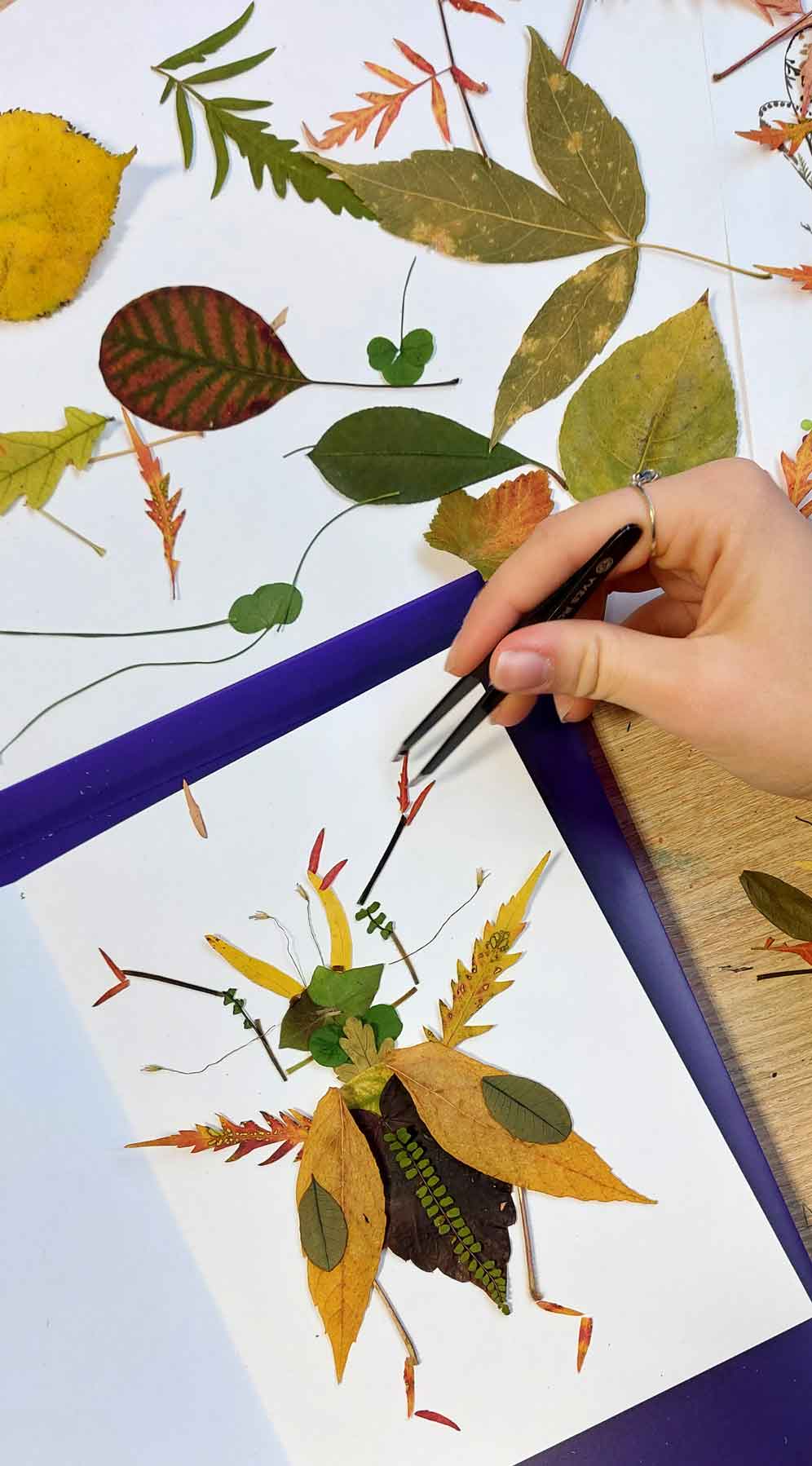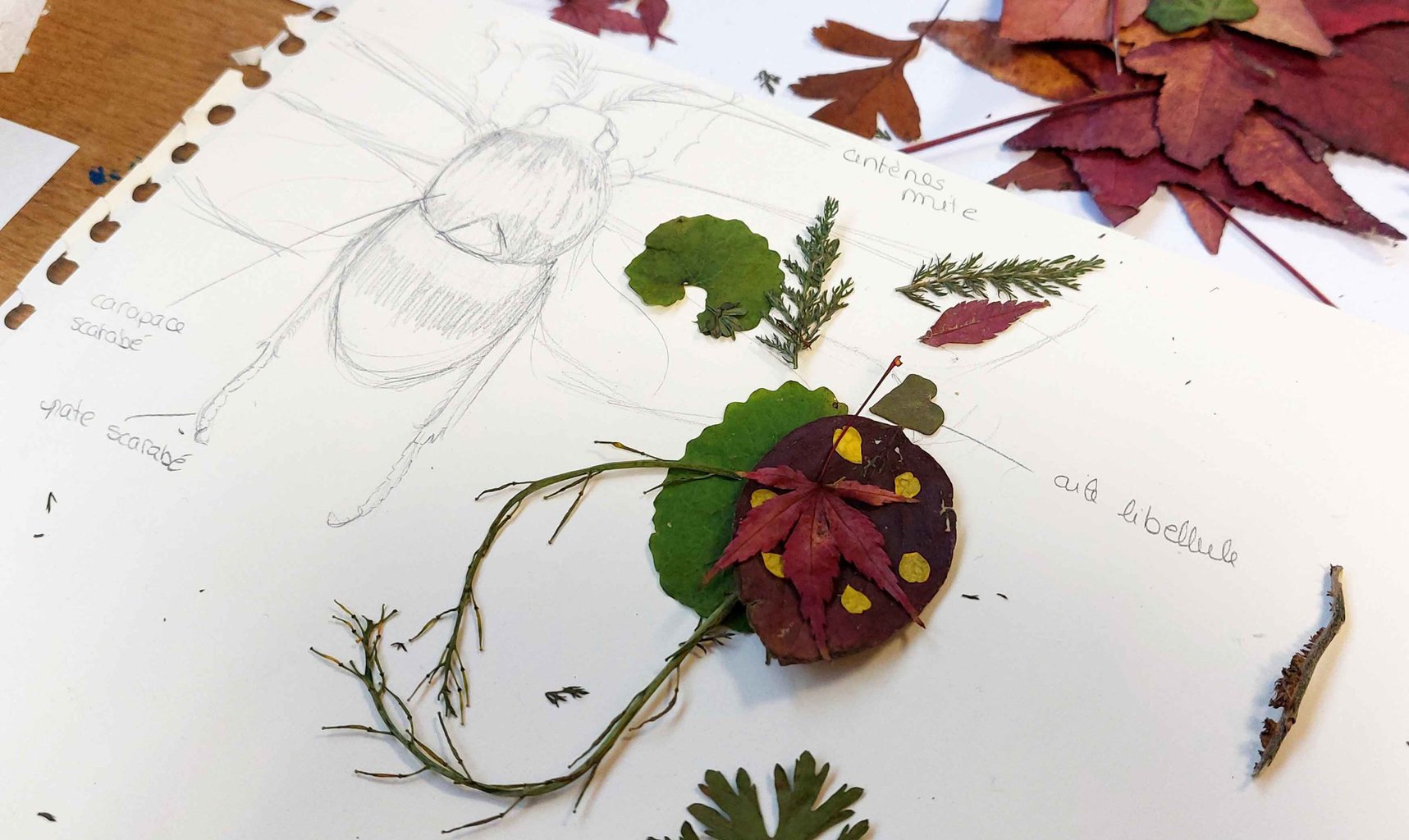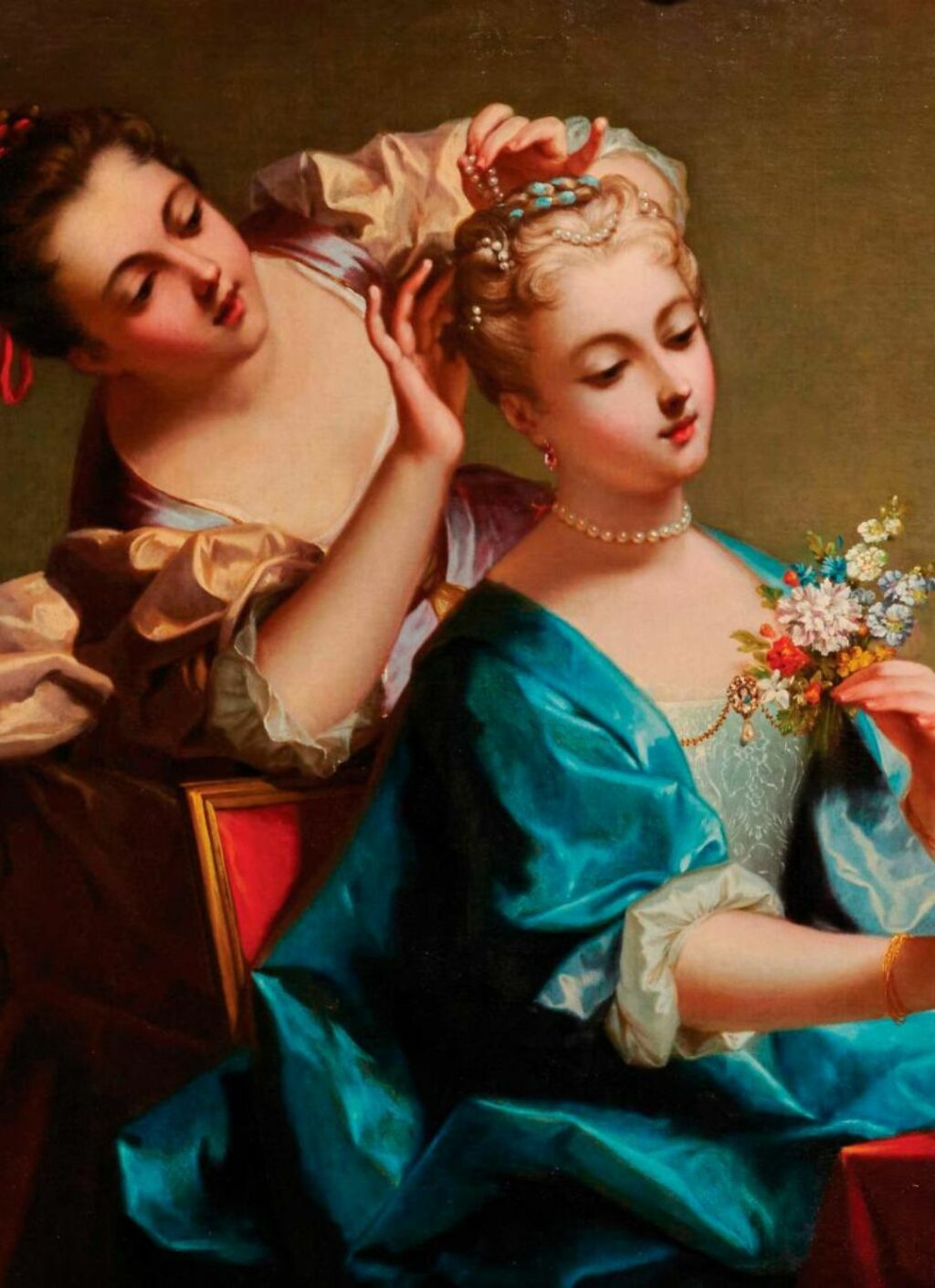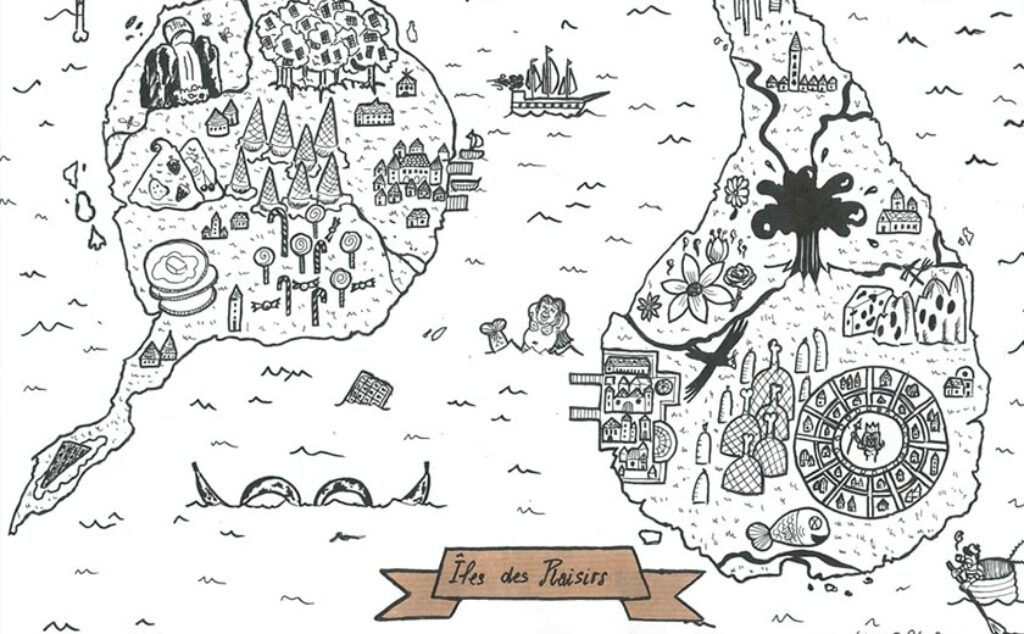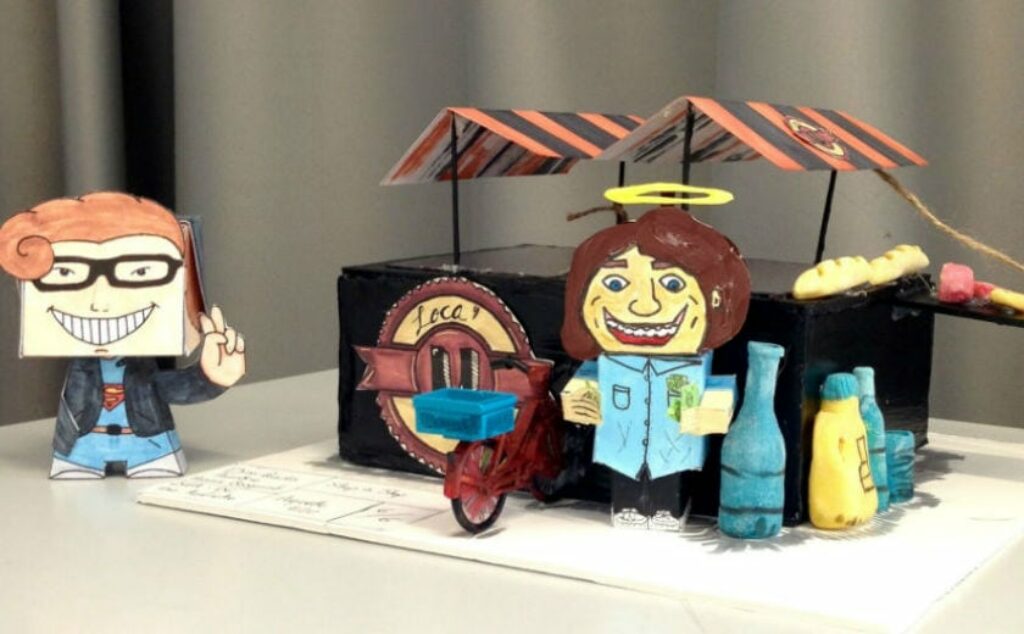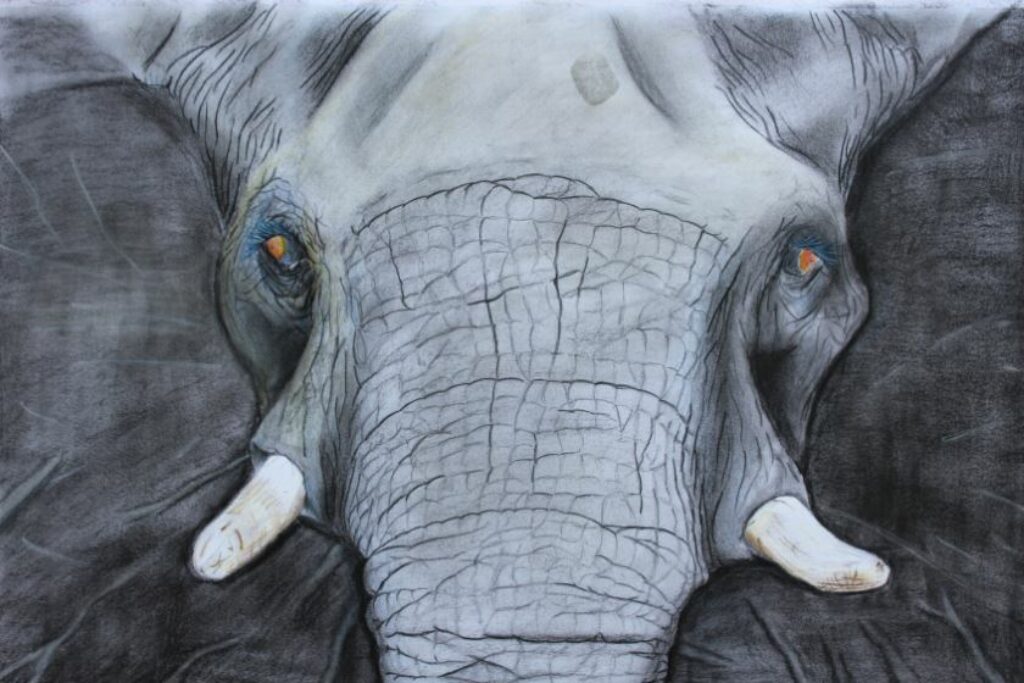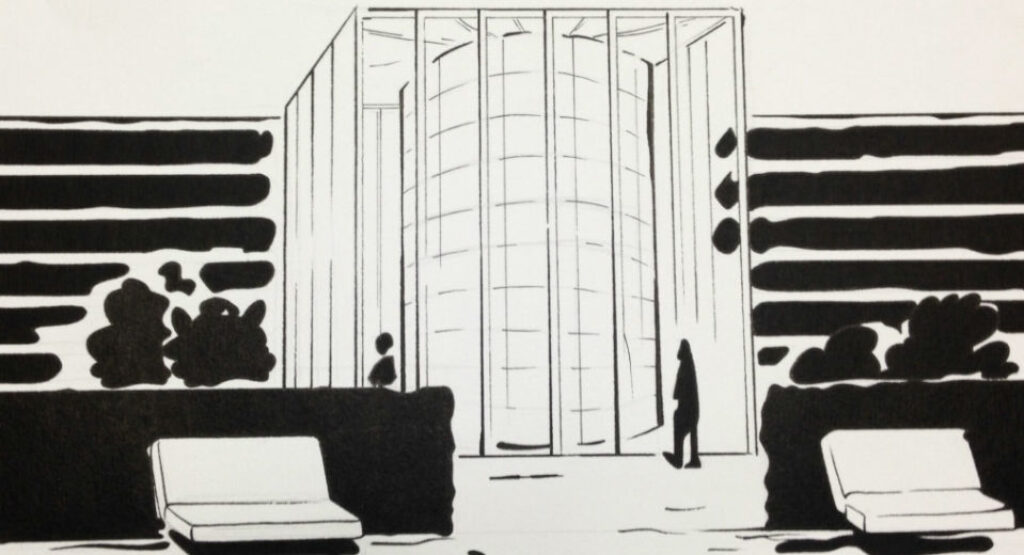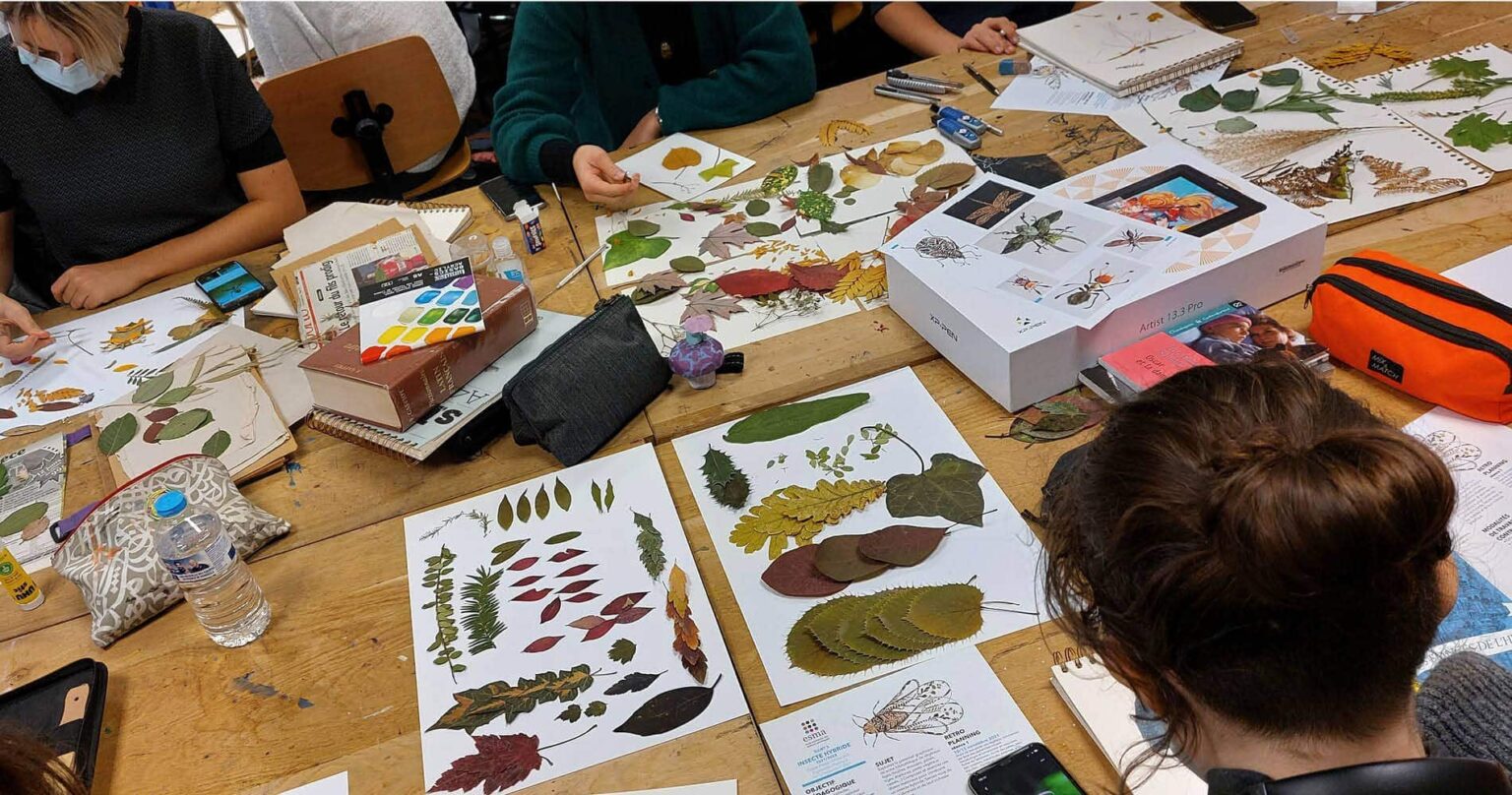
- Training Preparatory Entertainment
- Promotion 2022
Students at the Prépa Entertainment course in Lyon made an insect of their choice from a variety of plants. It's a great way to get their imaginations working and think about anatomical construction.
They’re small, they’re everywhere, they amaze us or frighten us. They are insects! These small invertebrate animals live alongside us, in our plants, in our countryside and forests, and even in our homes. To date, science has inventoried over a million species, and these little creatures make up no less than 55% of our biodiversity, with the long-term survival of many of them threatened with extinction. In other words, they play a vital role in the ecosystem, contributing to pollination in the case of many, participating in the food chain in the case of others, and even causing ‘damage’ by ravaging our crops.
What makes insects so fascinating is above all the multitude of shapes and colours they come in. There’s a limitless wealth and potential offered by these creatures. This is the subject that teacher Olivia Vidil got her Prépa Entertainment students to work on in her art class: creating an insect using plants. It’s a great bridge between plants and animals, and a fantastic playground for our students’ boundless imagination.
SUBJECT OF THE EXERCISE
Create a library of plants with a view to using it to create a hybrid insect.
INSTRUCTIONS FOR THE EXERCISE
- Imagine and create your own hybrid plant insect,
- Do some graphic research,
- Build up a library of plants,
- Respect the A5 format,
- Keep to the nature of the materials.
EDUCATIONAL OBJECTIVE
To learn how to use the diversity and graphic richness offered by these plants to arrange them and create an insect. The idea was not to randomly place plants together in the hope of sublimating them and transforming them into bugs, but to first and foremost think things through by drawing sketches (morphology, shape of the abdomen, position of the legs, eyes, mandibles, etc.).
As well as thinking deeply about insects and taking an interest in this species, the students had to play with the shapes and colours of their plants, both to classify their insect and to make the most of the potential of their materials.
The final result had to be a legible, homogeneous and graphic image that respected the theme imposed.
TECHNIQUE(S)
Plants of your choice, glue, sheet of paper.


